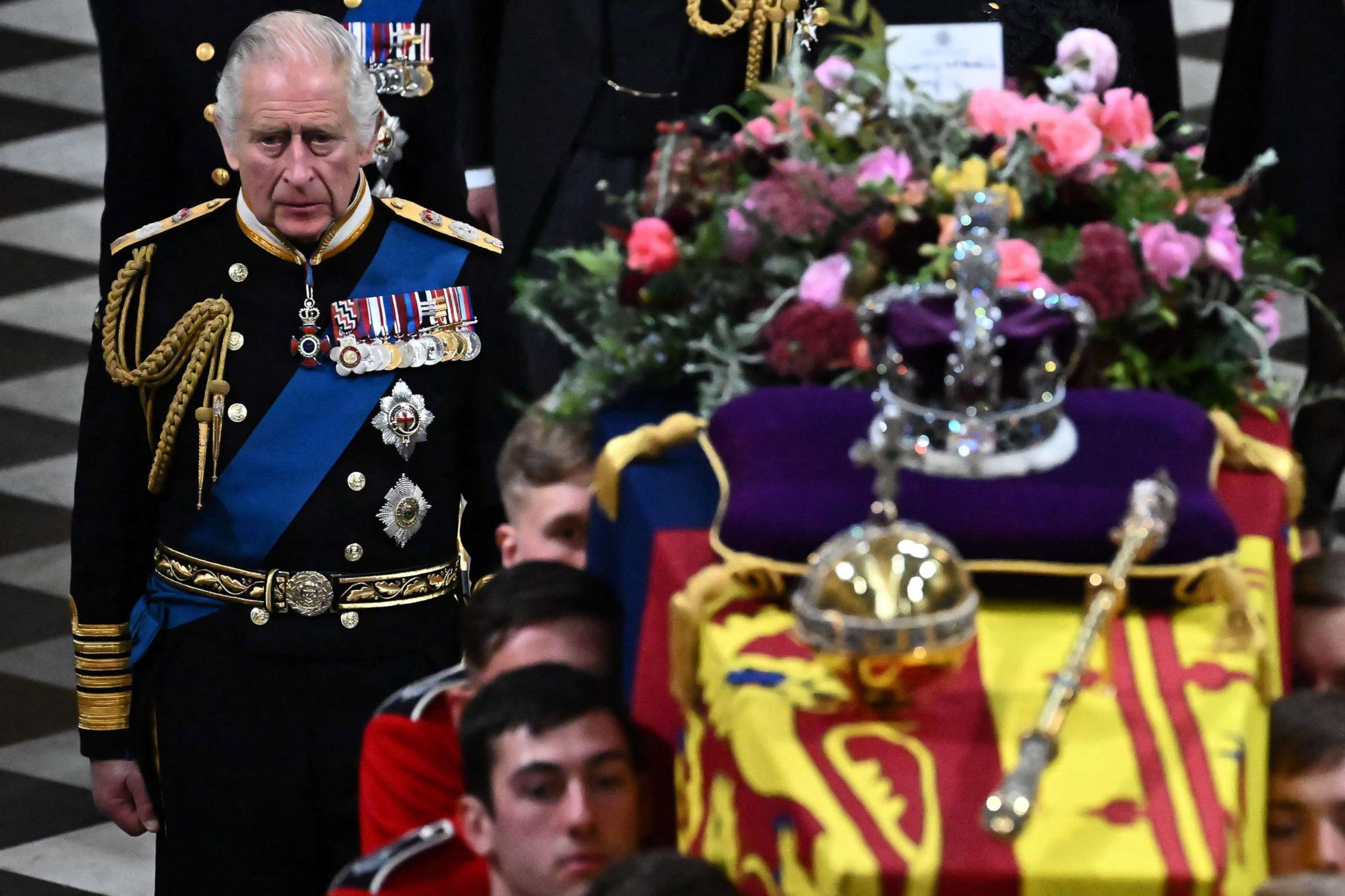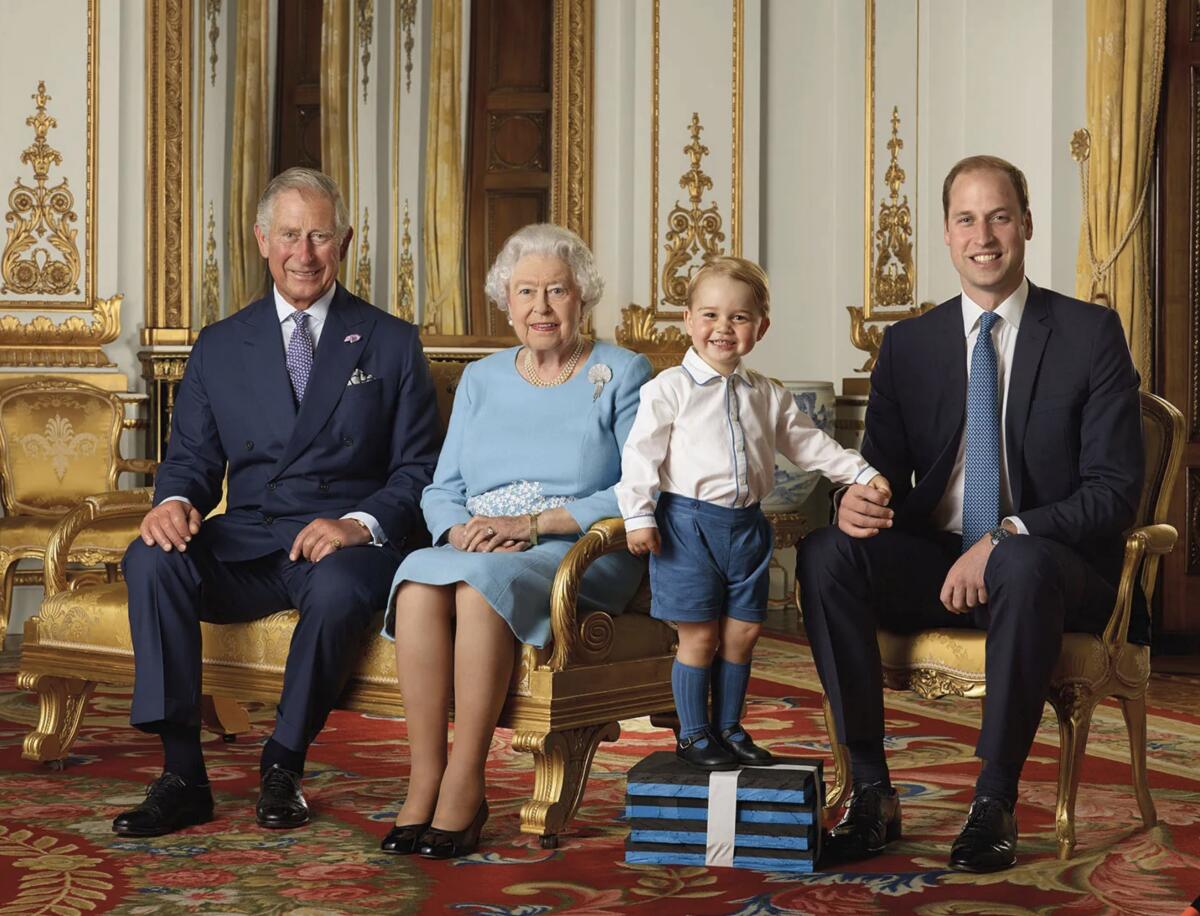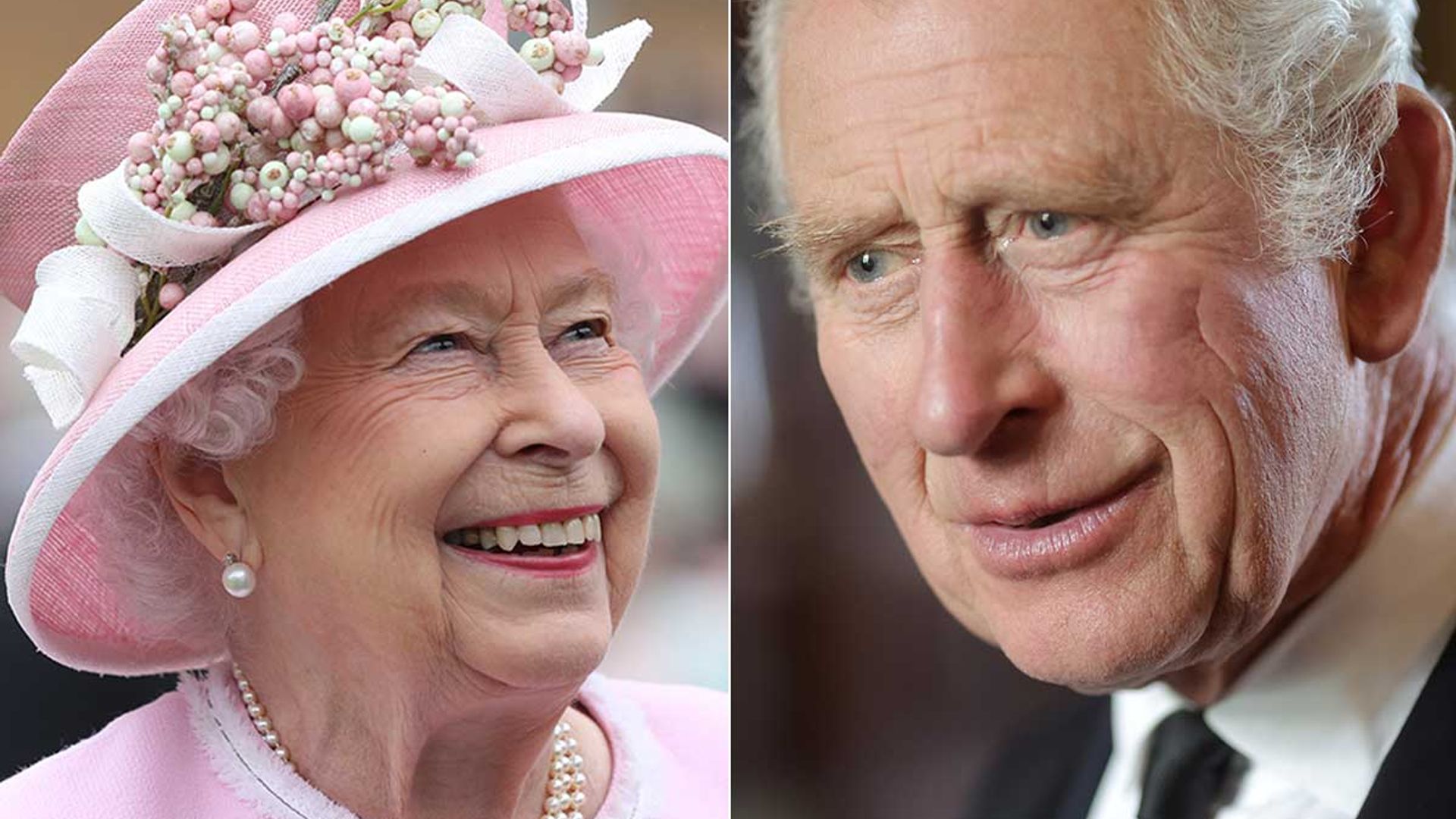The King’s Midnight Pilgrimage: King Charles III’s Secret Birthday Visit to Queen Elizabeth’s Tomb

The 77th birthday of His Majesty King Charles III was a day painted in the official colours of the modern monarchy: duty, tradition, and dignified celebration. Windsor Castle, the enduring symbol of royal continuity, was abuzz with activity. The morning saw the ceremonial gun salutes, followed by a formal luncheon and an evening reception where senior members of the Royal Family, dignitaries, and close friends offered their sincere wishes. The King, gracious and smiling, accepted gifts of state and family mementos, navigating the throng with the ease of a sovereign born to the role.
Yet, beneath the outward composure and the regal façade, a profound emptiness lingered. This 77th milestone was his third birthday celebrated as King, but, more significantly, it was the first celebrated in the absence of the one person whose approval and presence had defined his entire life: Her Late Majesty Queen Elizabeth II. While surrounded by the devotion of his family—Prince William, Princess Catherine, and Queen Camilla—many noticed the subtle, recurring glance the King cast toward a small, framed portrait of his mother tucked discreetly on a side table. The festive air was thick with the unspoken understanding that the monarchy, while continuous, carried a deep and persistent grief. The heart of the sovereign, it seemed, needed something the pomp of the palace could not provide.
A Departure from Protocol: The King’s Quiet Retreat
As the final guests departed and the castle lights dimmed, signaling the end of the public celebration, King Charles retired briefly to his private apartments. The exhaustion of the long day was evident, but so was a quiet, firm determination. He eschewed the full royal protection detail, the motorcade, and the formal announcement required for a King’s movement. Instead, he summoned a single, long-serving, trusted aide.
The instructions were simple, resolute, and deeply personal: “No fanfare, no photography, and absolute discretion.”
It was just after midnight when the King, wrapped in a heavy, dark overcoat against the cold November chill, stepped out of the private entrance of the castle. The air was damp, the sky overcast, and a fine, persistent drizzle was falling—a poignant counterpoint to the earlier revelry. The image of the King, not as a powerful monarch but as a solitary figure, walking slowly down the dimly lit stone corridor, accompanied only by the soft, rhythmic echo of his own footsteps and the quiet presence of his aide, spoke volumes about the privacy and solemnity of his mission.
His destination was nearby, yet worlds away from the warmth of the castle: St. George’s Chapel.

A Sacred Encounter at St. George’s Chapel
The ancient chapel, a repository of royal history and the final resting place of monarchs, was silent, save for the gentle whisper of the rain outside. The heavy oak door, which has welcomed countless coronations, weddings, and funerals, creaked softly as it was opened by the aide. Inside, the space was cast in deep shadows, illuminated only by the faint glow of eternal lamps and a few strategically placed candles, emphasizing the chapel’s sacred stillness.
King Charles paused at the threshold, taking a deep, steadying breath. It was the breath of a son preparing to confront the enduring reality of loss. In his hand, he carried no scepter or state paper, but a small, unpretentious bouquet of lily-of-the-valley, the flower Queen Elizabeth II had often favoured during her life—a personal tribute, unburdened by royal florists or public knowledge.
He walked slowly toward the King George VI Memorial Chapel, the intimate annex where his parents lay interred. His steps were measured, reflecting a man carrying not the weight of the Commonwealth, but the heaviness of a heart missing its anchor. His hand trembled slightly as he knelt and carefully laid the small bundle of white flowers upon the memorial slab.
The Silent Confession of a Son
In the quiet sanctity of the chapel, the King spoke, his voice barely a rasp—a sound that broke the historical silence with human vulnerability.
“Mummy… 77 years,” he whispered, the formal title dissolving into the deeply resonant address of a child to his mother. “And today, I am still your little boy, seeking guidance.”
He spoke of the strange difficulty of adapting to the Crown without its former wearer. He confessed to the unexpected moments of doubt, the small gaps in his wisdom that only her experience could have filled. He recalled her lessons, not about diplomacy or statecraft, but about patience, quiet duty, and the enduring necessity of kindness in the face of political tempest.
“You left me the greatest inheritance, and yet the hardest burden,” he murmured, his head bowed low over the stone. He acknowledged the immense shadow of her seven-decade legacy and confessed that, at times, the responsibility felt overwhelming. “I sometimes fear I am not strong enough to hold all that you built, to make you proud in every moment.” Tears, silent and slow, traced paths down his cheeks, landing on the cold stone floor—a profoundly private moment of grief released from the constraints of his royal office.

The Unseen Comfort
It was during this most intimate of confessions that a subtle, unexplainable phenomenon occurred. The chapel was sealed tight against the weather, yet a delicate, sudden stirring of air caused the candelabra flames flanking the memorial to flicker brightly, casting dancing shadows across the King’s bowed form. It was a momentary sensation, quickly gone, leaving the air still once more.
Charles slowly lifted his head, a look of awe and quiet solace washing over his tear-streaked face. He smiled—a small, private smile—and whispered, almost inaudibly: “You are still here, aren’t you?”
This moment, whether a trick of the ancient chapel’s draft or a genuine sensation of comfort, seemed to solidify his resolve.
A King Renewed
His pilgrimage concluded with a final promise. The King rose to his feet, straightening his coat. He looked down at the flowers and the stone, his posture once again regaining the familiar firmness of the sovereign.
“I promise to honour the oath, to serve as you taught me, to make the sacrifices necessary for the Crown. I will make you proud, as you always said I must.”
He then turned and walked toward the entrance. As he stepped out of the chapel doors, the rain had ceased. A patch of the winter sky had cleared, allowing a pale, silvery moonlight to stream down, illuminating the ancient gothic architecture of Windsor. The King’s shadow, now long and distinct, stretched before him. He was still the man who grieved, but he was also the King who had received quiet counsel from the deepest source of his being.
He returned to the castle not with the heavy step of a man weary of his duties, but with the quiet, resolute confidence of a son who had finally found the necessary strength to carry on his mother’s irreplaceable legacy. The midnight vigil, a secret act of remembrance, had transformed his birthday from a mere celebration of life into a profound and healing communion with the past.



